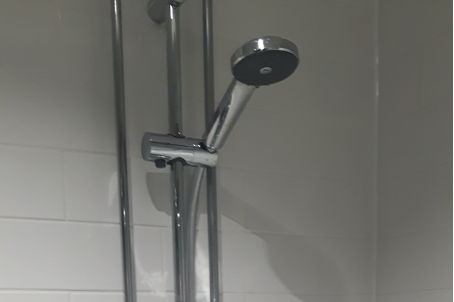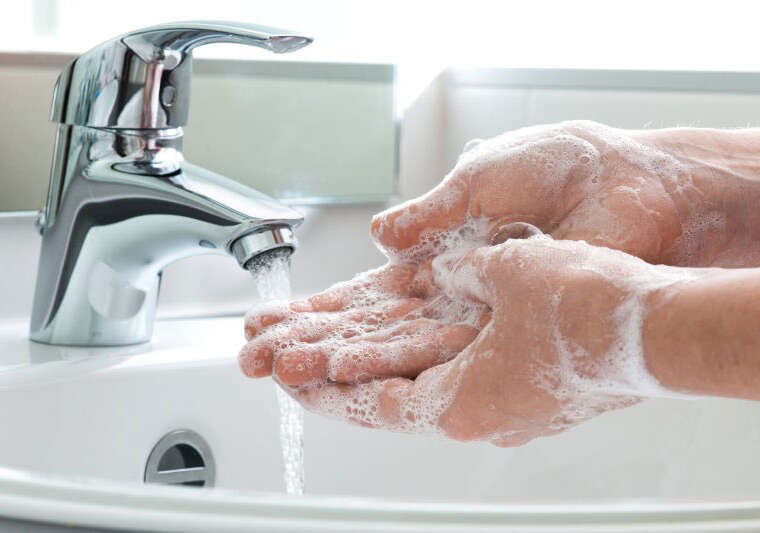We were asked to complete a legionella risk of an office in Walsall. The tenant of the building occupied all five floors of a five storey office building in Walsall, and full access was granted to clarifier and cold water storage tank, located on the roof, which provided all hot water service and the majority of cold water services (including cold drinking taps) on site.
This type of drinking water system requires regular microbiological monitoring by water sampling and, as this was not currently in place, UKAS accredited TVC/E.Coli/Coliform water sampling was recommended as a high priority. Cold water storage tanks can encourage legionella and other bacterial growth either by poor design, lack of maintenance or inadequate usage and it is imperative to ensure they are meticulously monitored and maintained in order to prevent this, particularly when the tank feeds drinking water.
The calorifier was mains-fed and provided hot water services throughout the building. Although producing hot water at the required 60oC, it was found that the return pump, which pumps hot water back from numerous points around the system, was below 50oC, meaning the risk of legionella bacterial growth in that part of the system was significantly raised. Site were advised to service this pump and clean the internal parts, as it appeared that the pump might not be performing optimally, causing the drop in temperature before the hot water returned to the calorifier. Return pumps are intended to prevent stagnation and to prevent hot water sitting in pipework, dropping below 50oC – however, when they function incorrectly they can actually cause an elevate risk of legionella growth and exposure in the hot system. The debris and contaminants clogging up the pump are likely to provide nutrients and aid legionella growth further.
The majority of hot and cold outlets reached their correct temperatures (hot 50oC or hotter within 1 minute and cold 20oC or lower within 2 minutes of turning taps on), although the shower on site was used daily, it was not cleaned and descaled quarterly. This cleaning regime removes scale and other contaminants from the shower head and hose, which can provide nutrients to aid legionella growth and this is particularly significant and a shower produces an ‘aerosol’ or ‘spray’ which can be inhaled – Legionnaires’ disease is contracted by inhaling water spores/aerosols which contain the legionella bacteria. Notably, the absence of a logbook, written scheme, and monitoring measures was identified and the report gave detailed advice on how site should arrange this paperwork, as well as the tasks that they are responsible for to fulfil their duty of care under the Health & Safety at Work Act 1974, to protect their employees and visitors to the building from the legionella bacteria. The legionella risk assessment adhered rigorously to the standards specified in ACoP L8, HSG 274, and BS 8580 and ensured the company’s duty holders were fulfilling their duties.




